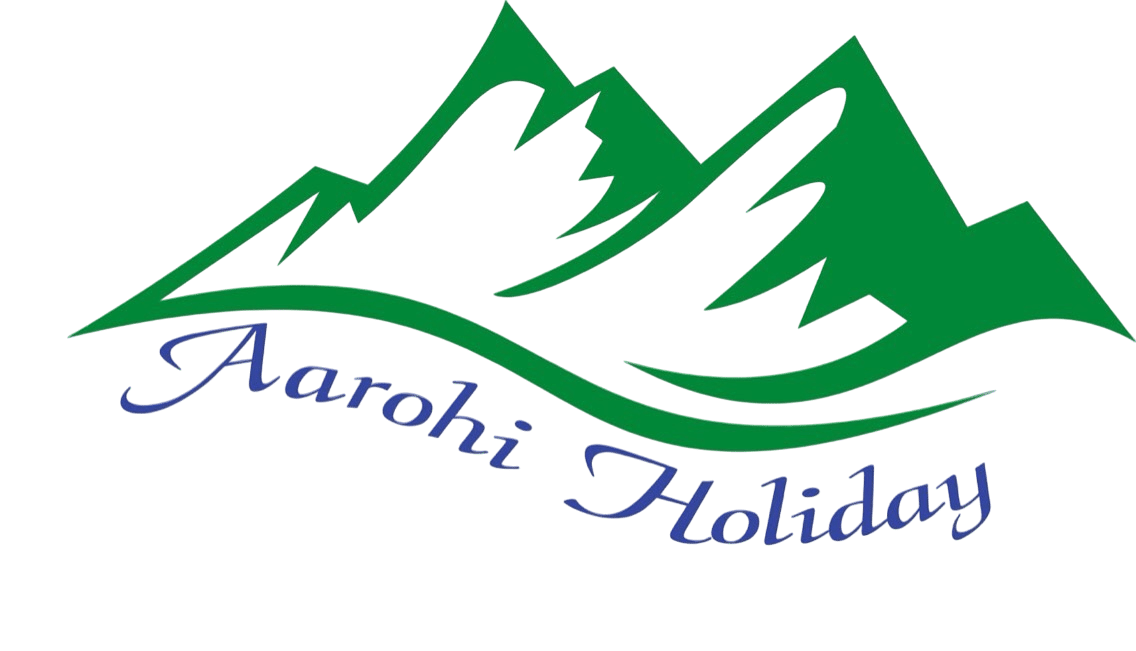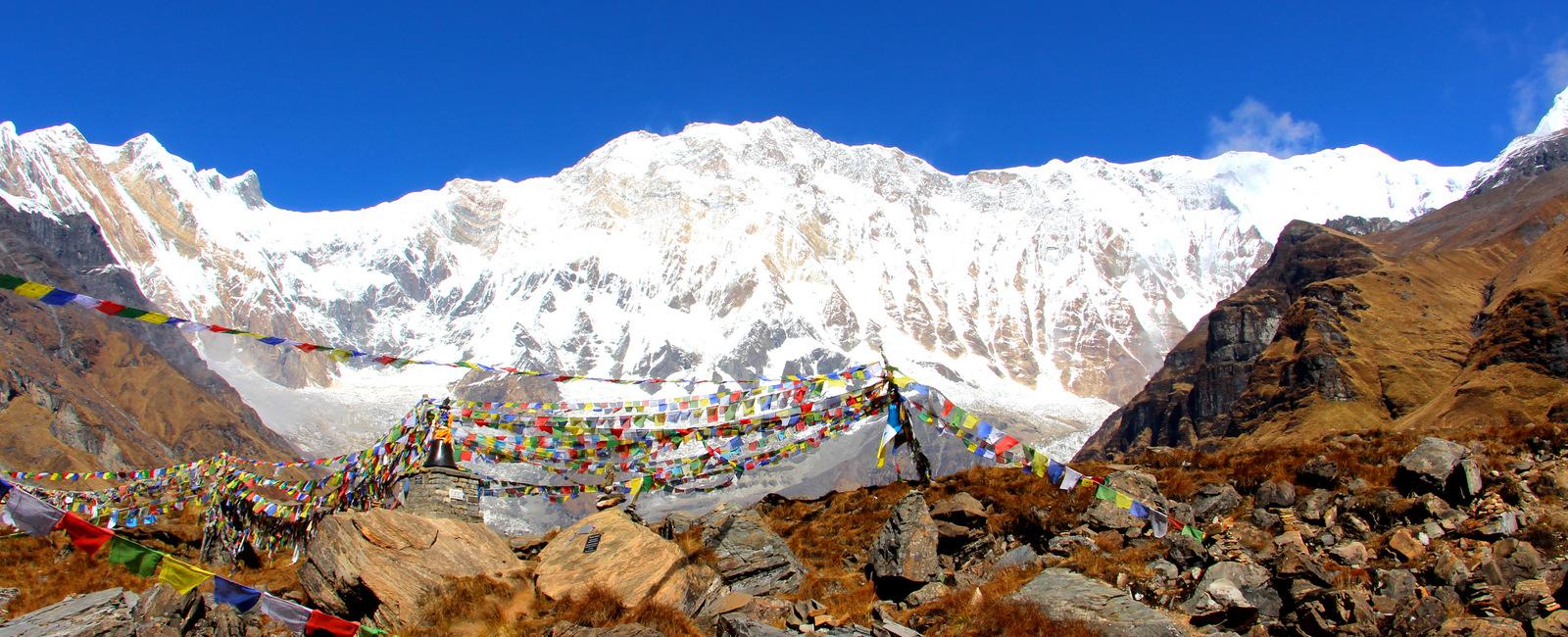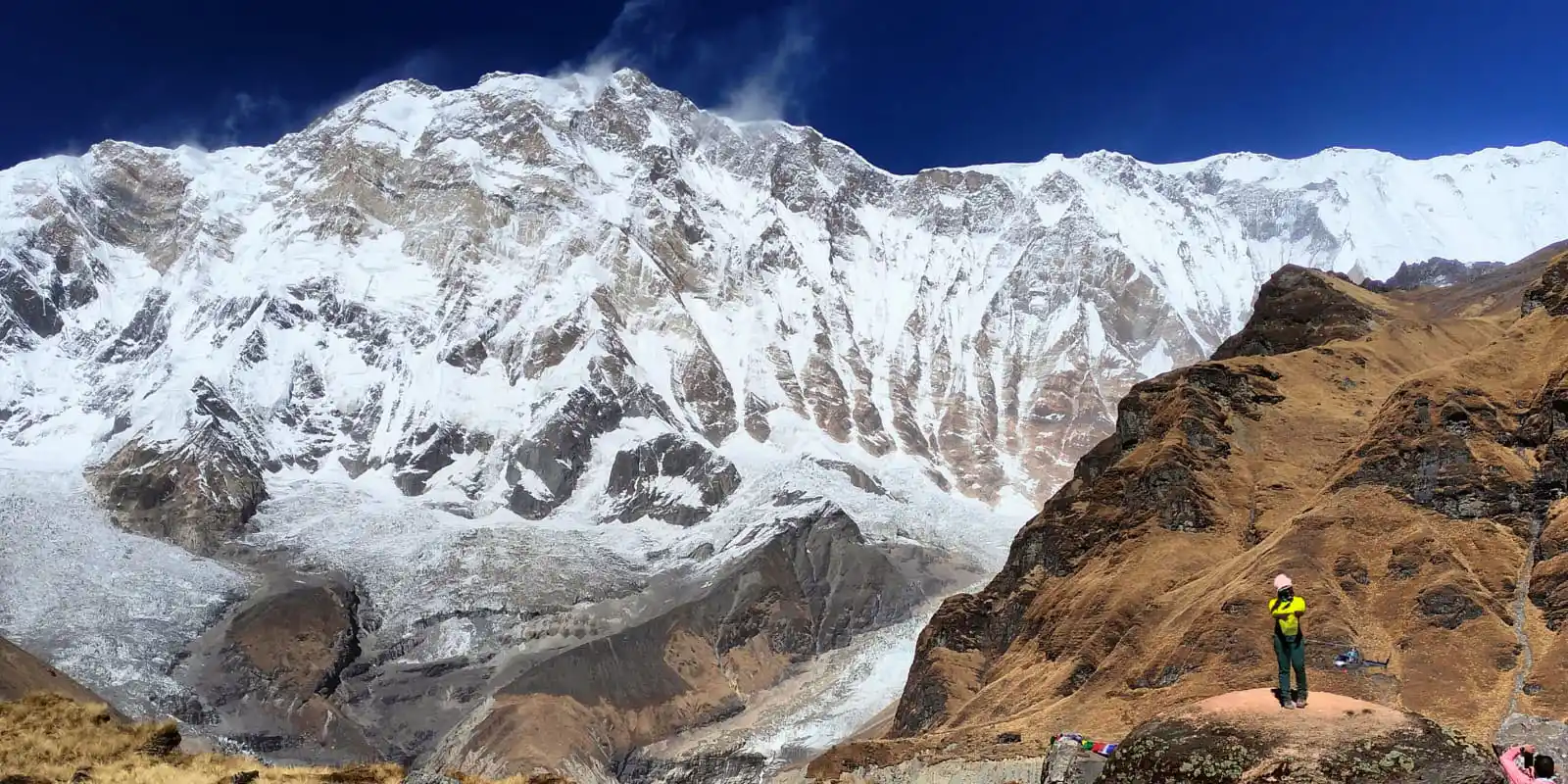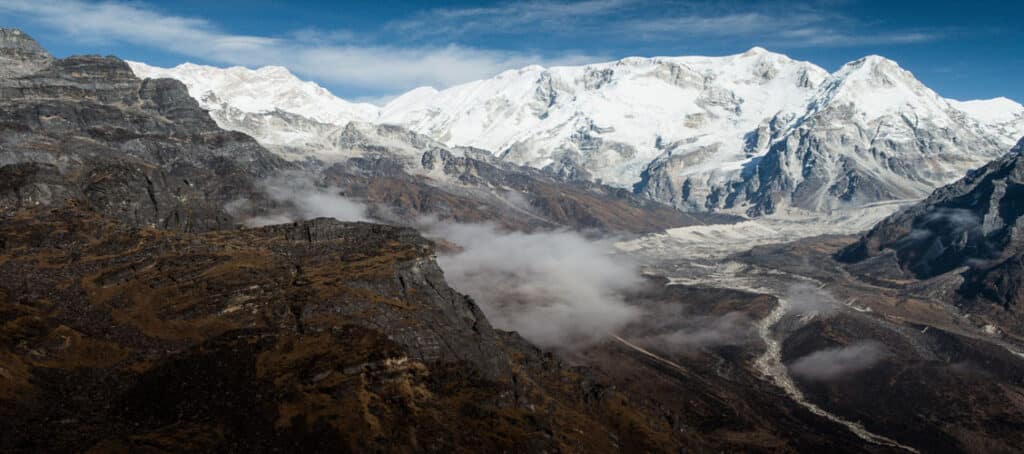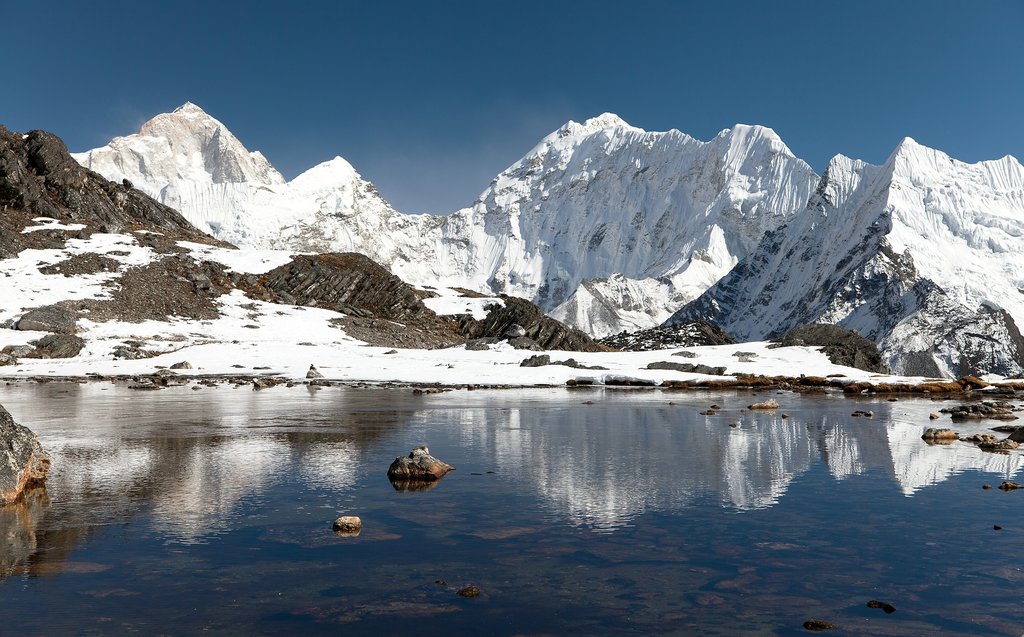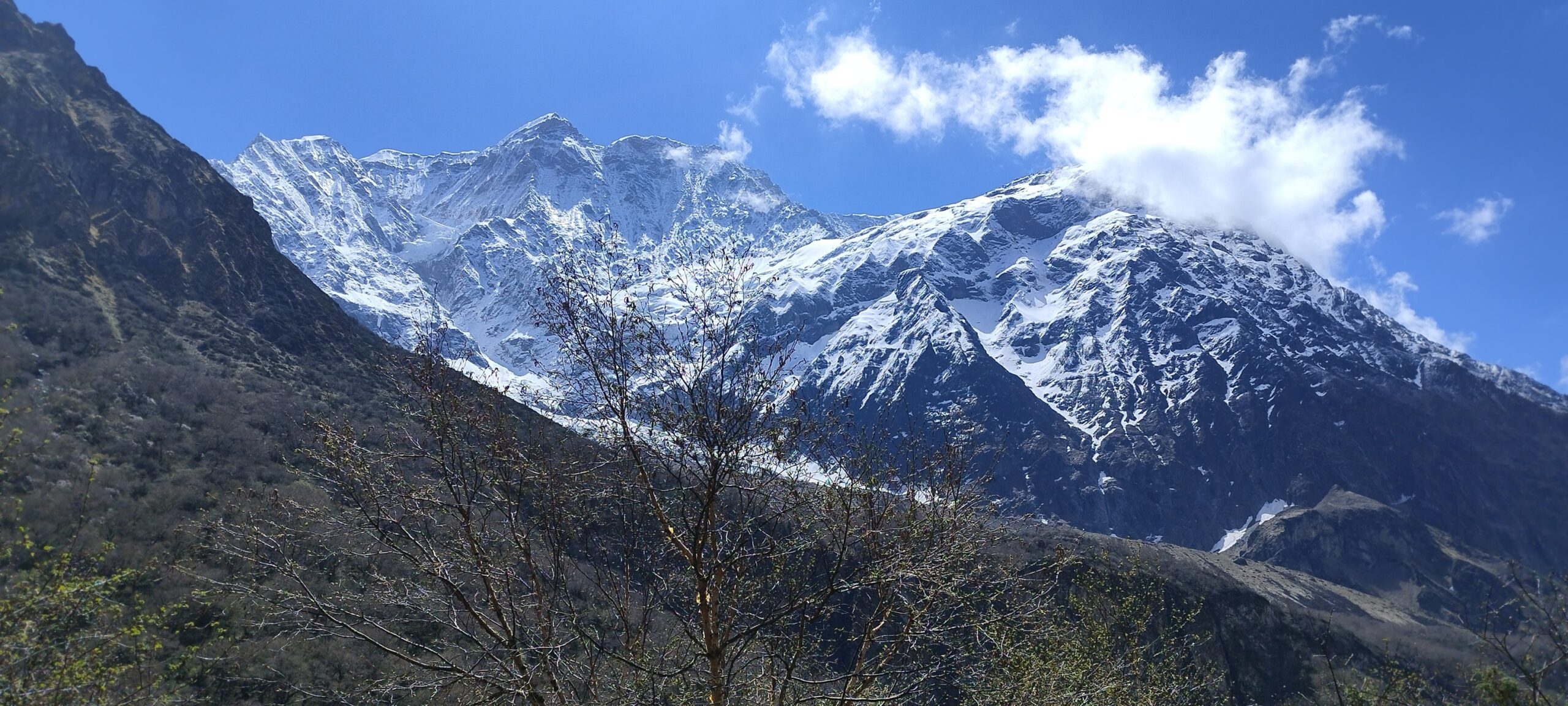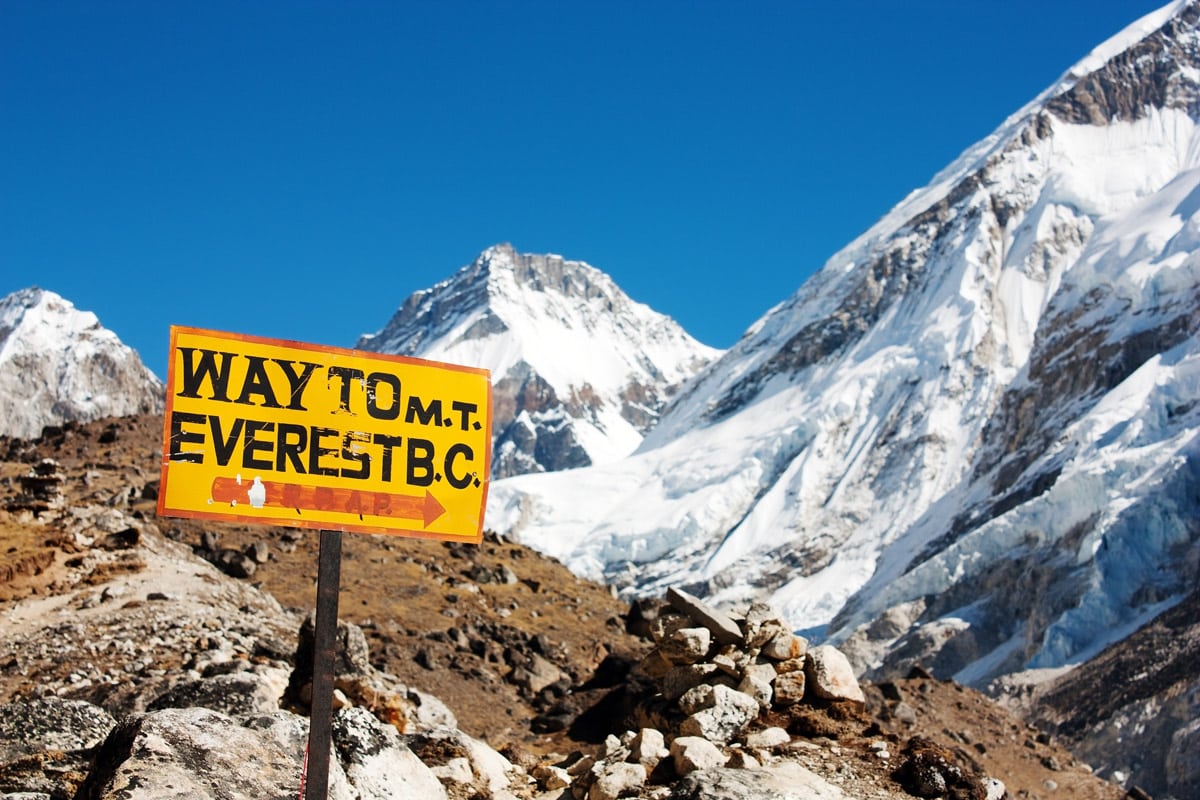US $850
Annapurna Base Camp Trek Overview
Annapurna Base Camp Trek is one of Nepal’s most popular adventures, an iconic Himalayan journey that draws trekkers from around the world. Just like Trek to Everest Base Camp, it is one of the several reasons to visit Nepal. Reaching the base camp (4,130m) is a dream for many. Nestled at 4,130 meters, the base camp offers a once-in-a-lifetime experience The journey offers a heavenly experience. It’s also referred to as the Annapurna Sanctuary Trek. The Annapurna Base Camp trek attracts mountain lovers from all over the world. Nowhere else in the world will you find the variety of forests, waterfalls, and wildlife like in the Annapurna Base Camp Trek sector. On the Annapurna Sanctuary Trek, we can also experience the sunrise at Ghorepani Poon Hill and the natural hot springs at Tatopani.
The Annapurna Base Camp Trek passes through cultural Gurung and Thakali villages. The key mountains one encounters include Mt Annapurna I (8,091m), Mt Annapurna II (7,939m), Mt Annapurna III (7,555m), Mt Annapurna IV (7,525m), Mt Machhapuchre (6,993m), Mt Himchuli (6,441m), and Mt Lamjung (6,986m). The Annapurna Base Camp trek boasts cultural, historical, and natural landmarks, making this Nepalese trekking destination one of the most searched and inquired-about destinations for trekkers.We begin our 14-day trip in the Kathmandu Valley with sightseeing at UNESCO World Heritage sites. The next day, we will head to Pokhara by bus, and from there, we will embark on the unique trek of a lifetime: the Annapurna Base Camp Trek.We are always dedicated to taking trekkers to this heavenly place, where you can rejoice at the top of the Himalayas surrounded by cult
Route to Annapurna Base Camp trek

Your adventure begins in Kathmandu, where our team will welcome you and take you to your hotel. After a city tour of UNESCO Heritage Sites, we drive to Pokhara, the gateway to the Annapurna region.The trek starts from Nayapul, passing through Tikhedhunga and Ghorepani, where an early morning hike to Poon Hill rewards us with a breathtaking sunrise over the Annapurna and Dhaulagiri ranges. We then continue through Tadapani and Sinuwa, trekking through lush forests and charming Gurung villages like Chhomrong.
The trail leads us through Deurali and Machhapuchhre Base Camp (MBC) culminating at the iconic ABC, surrounded by towering peaks. After soaking in the stunning scenery, we begin our descent through Bamboo and Jhinu Danda, where we relax in natural hot springs before heading back to Nayapul. A scenic drive takes us to Pokhara, and we conclude our journey in Kathmandu with a farewell celebration.
Why Choose Us for Your Annapurna Base Camp Trek
The Annapurna Sanctuary Trek is a legendary Himalayan journey that combines breathtaking mountain scenery with rich cultural experiences. With many options available, we stand out as your trusted partner for a safe, enriching, and truly unforgettable adventure.
- Aarohi Holiday is a trusted, government-registered local company with 10+ years of experience in treks across Nepal, Bhutan, and Tibet.
- Our licensed guides are experts in the Annapurna region, ensuring a safe, insightful, and enjoyable trek.
- Safety is our top priority—our guides carry first aid kits, oximeters, and provide full emergency support.
- We provide an online pre-trek briefing after booking, covering the itinerary, gear checklist, and altitude awareness to help you prepare.
- Enjoy hassle-free booking with secure payments and transparent pricing—no hidden fees.
- We offer private airport pick-up and drop-off for a smooth and stress-free travel experience.
- Our 24/7 support team is always ready to assist you before, during, and after your trek
- Comfortable stays in local teahouses with basic amenities are included on the trek, and 3-star hotels are provided in the city.
- We support sustainable tourism by hiring local staff and helping uplift mountain communities.
- This package includes porter service to carry your luggage, so you can trek comfortably and enjoy the journey.
Annapurna Base Camp Trek – 2025/26 Group & Private Options Available
Embark on the legendary Annapurna Base Camp Trek, one of Nepal’s most iconic journeys into the heart of the Himalayas. This trek takes you through terraced farmlands, charming Gurung and Magar villages, lush rhododendron forests, and up to the majestic amphitheater of Annapurna Base Camp, surrounded by towering peaks like Annapurna I, Machapuchare, and Hiunchuli. Perfect for both adventure seekers and cultural explorers, it offers a unique blend of natural beauty and cultural immersion.
We offer both group departures and private treks to match your travel style. Our fixed group treks usually consist of 2 to 12 trekkers, creating a fun and supportive environment where you can share the journey with fellow adventurers. For those seeking more flexibility and privacy, private treks allow you to set your own pace and itinerary, making them ideal for families, couples, or anyone looking for a personalized trekking experience. Bookings for 2025 are now open, and early reservations for 2026 are encouraged to secure your spot on this unforgettable Himalayan adventure.
Alternative Trekking in the Annapurna Region
Looking for other options in the Annapurna region? The Ghorepani Poon Hill Trek is a great short and easy alternative. For cultural depth and unique landscapes, try the Jomsom Muktinath Trek. Seeking more challenge? The Annapurna Circuit or Tilicho Lake Trek offers high-altitude adventure. Short on time? Choose our Annapurna Circuit Short Trek – 11 Days or enjoy the views without trekking on the Annapurna Base Camp Helicopter Tour.Contact us today to find the perfect trek for your interests and schedule!
